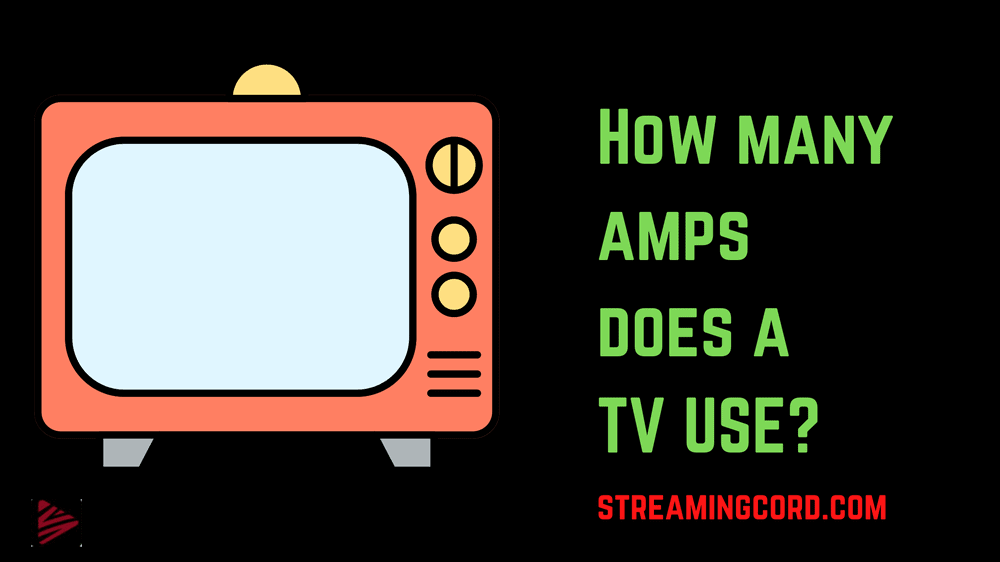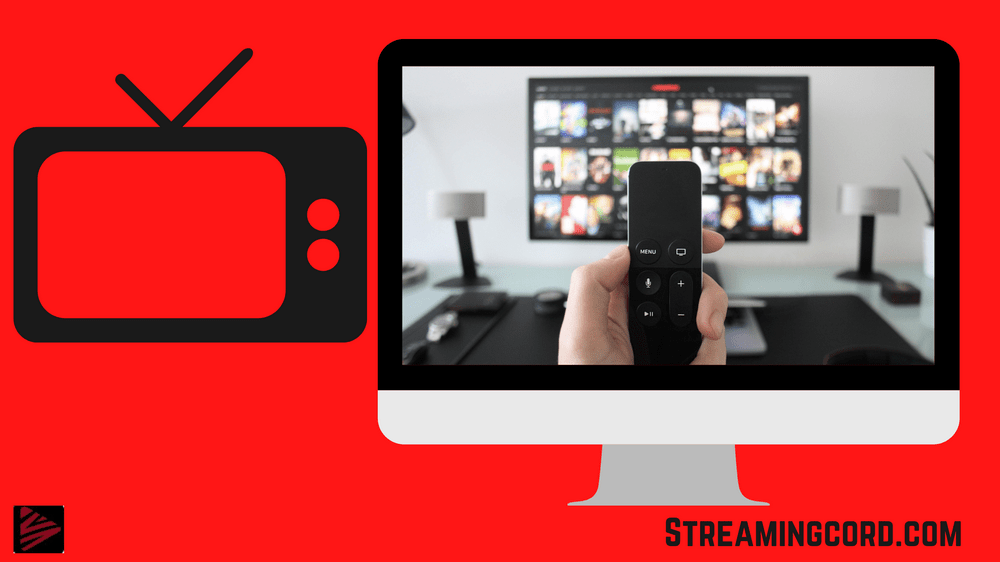In this article well will tell you about how many amps does a tv use and how you can easily able to calculate your TV Amps
Smart TVs are fairly energy-efficient in terms of power usage. A smart TV is typically four times more effective than a heater.
Plasma TVs are infamous for being power guzzlers, although LCD TVs use less electricity and LEDs are the most energy-efficient overall. Given that, you might be curious in how many amps an average smart TV requires.
When the power company determines your monthly payment, it converts the typical smart TV’s 1.0 amps per hour usage to kWh (kilowatts per hour). Depending on the efficiency rating, technology, and screen design, 60″ smart TV prices may be slightly more or surprisingly lower.
This guide will explain how to determine how many amps your smart TV uses and compare the TVs that use the fewest amps.
How to Calculate Amps Your Smart TV Uses
Contents
Since a smart TV’s power consumption is listed in watts on the rear, you will need to convert watts to amps in order to figure out how many amperes your TV uses per hour. After that, divide the wattage by 1,000 to see how many kWh you are using.
The power formula, I = P / E, should be used to convert watts to amps. P stands for watts, I for amps, and E for volts in this formula.

What factors impact TV power costs?
You have probably noticed a yellow Energy guide badge if you have recently gone appliance shopping.
His sticker, which is required by law, contains information about the energy use and annual cost of the specific device.
Like all appliance energy guidance labels, those on TVs are just estimates. The cost of powering your TVs might change depending on a variety of things.
For example
1. How many hours of TV you watch per day. Based on the premise that TVs are used for 5 hours each day, all energy expenditures are predicted.
2. Your prices will vary depending on whether you watch TV more or less than this. However, even if you watch TV for a staggering 10 hours per day, your annual expenses will still be $100.
3. Utility/power rates. Where you reside and whether you have solar or other renewable energy sources have a big impact on how much you spend for electricity.
4. Energy guide estimates use a kWh price of 11 cents. Your actual expenses could be greater or lower. For instance, mine are higher.
5. TV settings: The default visual settings for TVs are used by Energy Guide to determine prices. Almost always, these settings consume less energy than regular use.
How to Reduce Your Smart TV’s Energy Consumption?
Smart TV settings allow for a wide range of options, therefore your choices will always result in a large variation in power usage.
The following advice will help you become more energy efficient. Manually reduce screen brightness. Reducing your screen’s brightness is the obvious choice. The brighter the light, the more power consumed
1. Use the energy-saving setting on your smart TV. Power-saving mode is an energy-saving function found on all smart TVs. Unfortunately, this setting can be annoying because it frequently causes your TV to darken and brighten unexpectedly.
2. When you buy a smart TV, look for the Energy Star label. Be sure to search for the Energy Star label when shopping for a smart TV.
3. You won’t have to compromise on quality because many of the best smart TVs have Energy Star certifications. Additionally, you’ll use 25% less electricity.
4. When not in use, unplug your TV or switch off the power strip. Most consumers are unaware that smart TVs use energy even when they are in standby mode or are fully off (vampire power). To stop the drain, unplug it or turn off the power strip while not in use.
5. Tolerance the contrast. Similar to brightness, contrast also has a negative impact. Make careful to lower it to a manageable volume. Brightness and contrast working together can cut energy use by 20%.
Frequently asked questions (FAQs)
With 60-inch and even larger models becoming more and more popular, 55-inch LED TVs are relatively common models that serve as the primary TVs in many houses.
Although their consumption may vary, generally speaking: 55-inch LED: 60-90 watts, typically 80 watts; 55-inch OLED: 90-120 watts, typically 105-110 watts.
For a typical household outlet, it may be as small as 1/3 amp at 36 watts, which is comparable to the wattage of a well-liked 32-inch model from Best Buy. At 12 volts, the TV would be three times as powerful.
Until the battery is completely depleted, a 100 Amp-hour deep-cycle battery can run a big 150-watt TV for 6.1 hours, a medium 50-watt TV for 20 hours, or a small 20-watt TV for 56 hours.
How to Access and Watch Steam on Roku?
6 Ways to Watch Crunchyroll on Samsung TV
How to Install & Stream Gen2TV on Firestick?
Spectrum Modem Flashing Blue And White | Quick Fixes
How To Reset An LG TV When The Screen Is Black
Do Airbags Need To Be Charged? Explained
